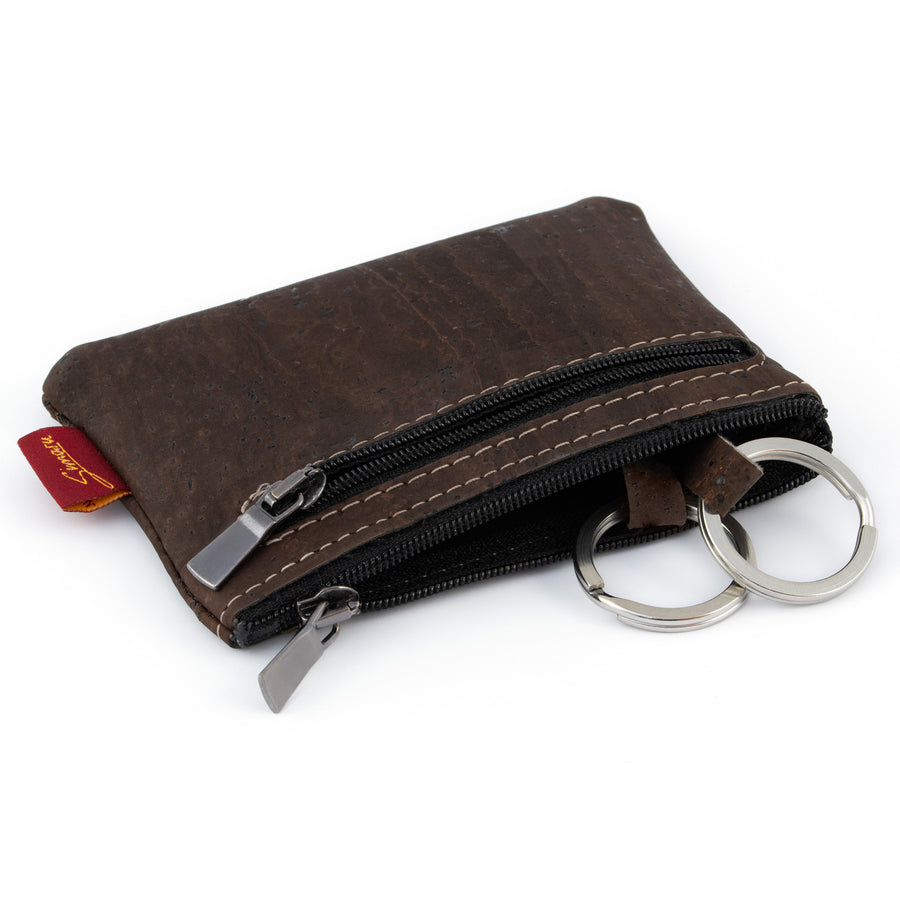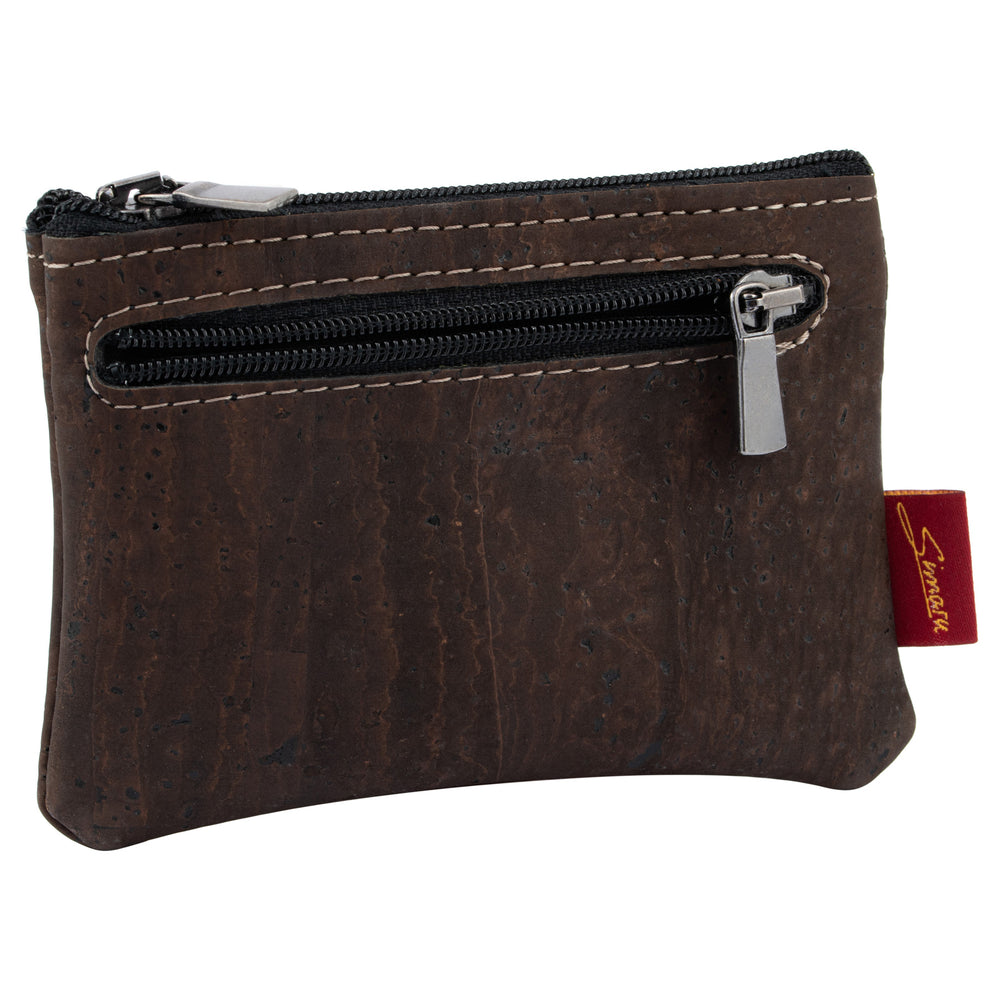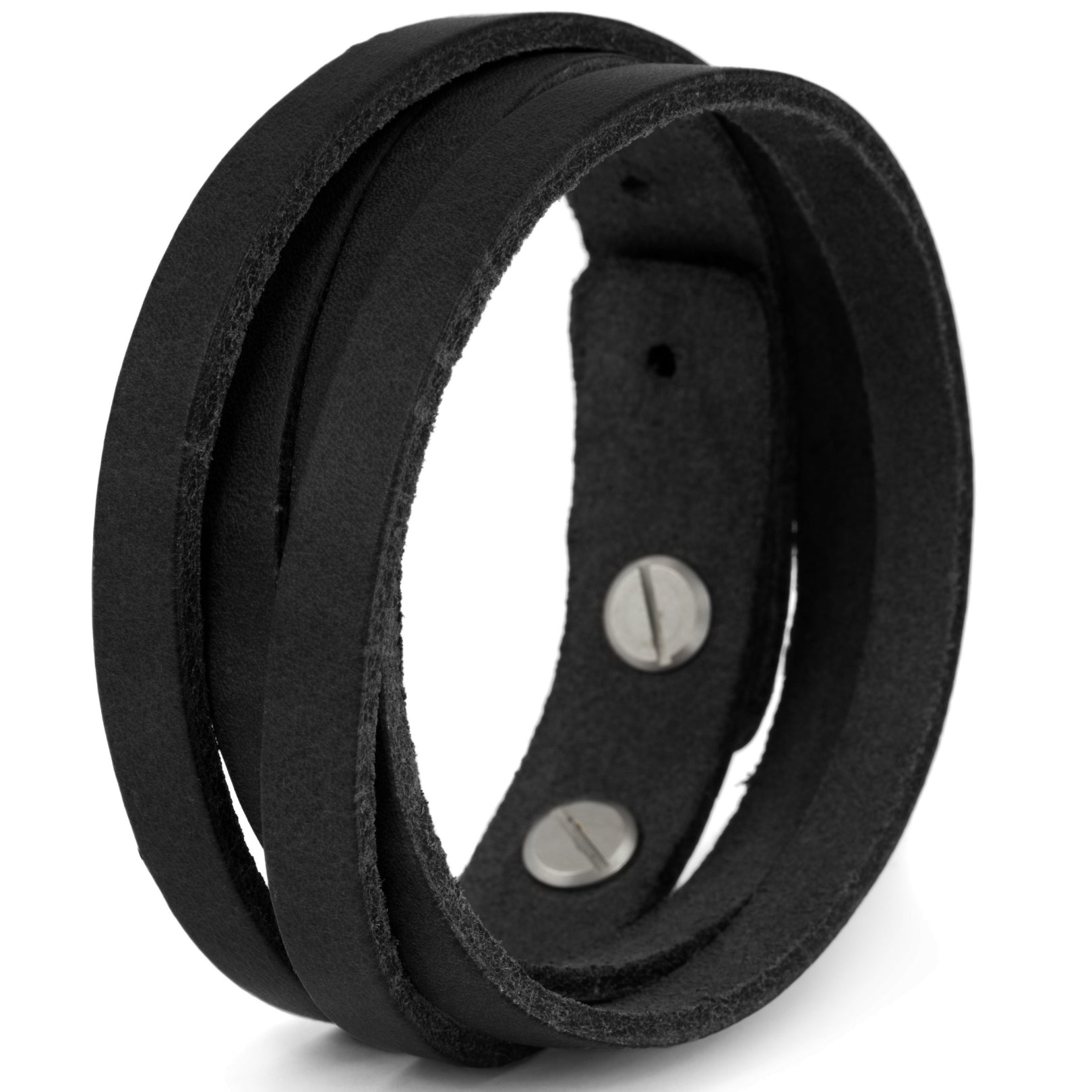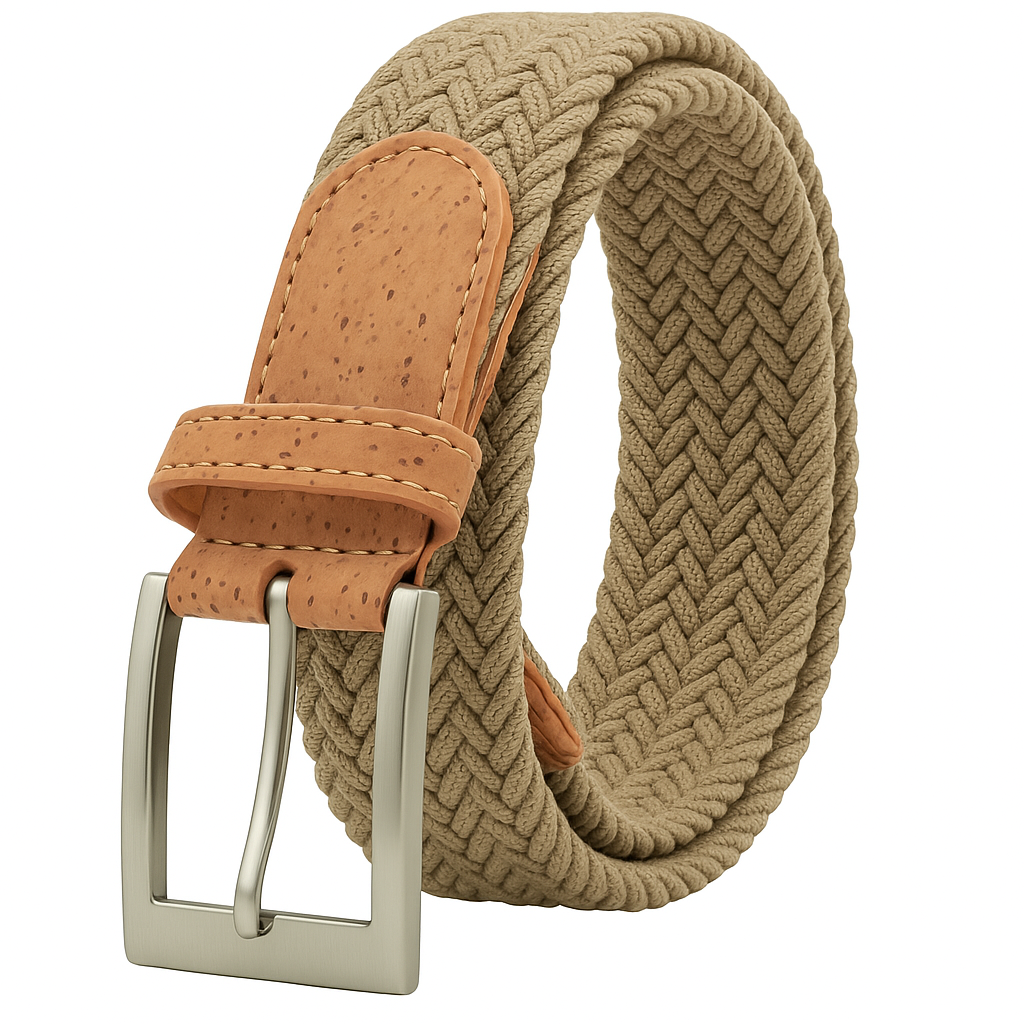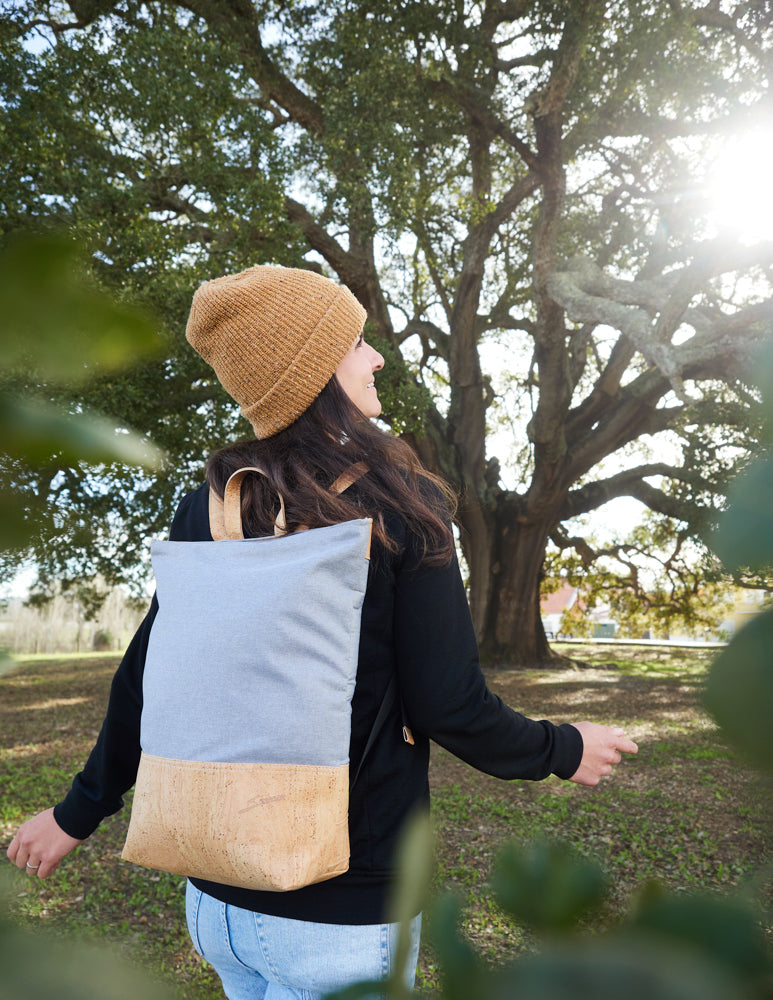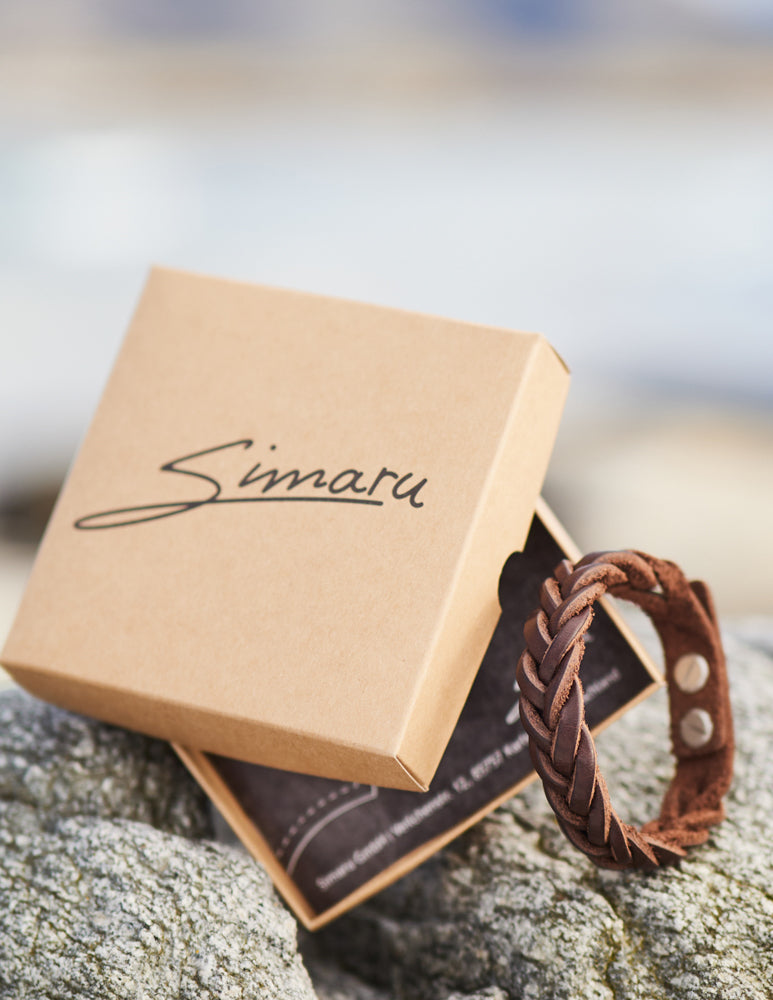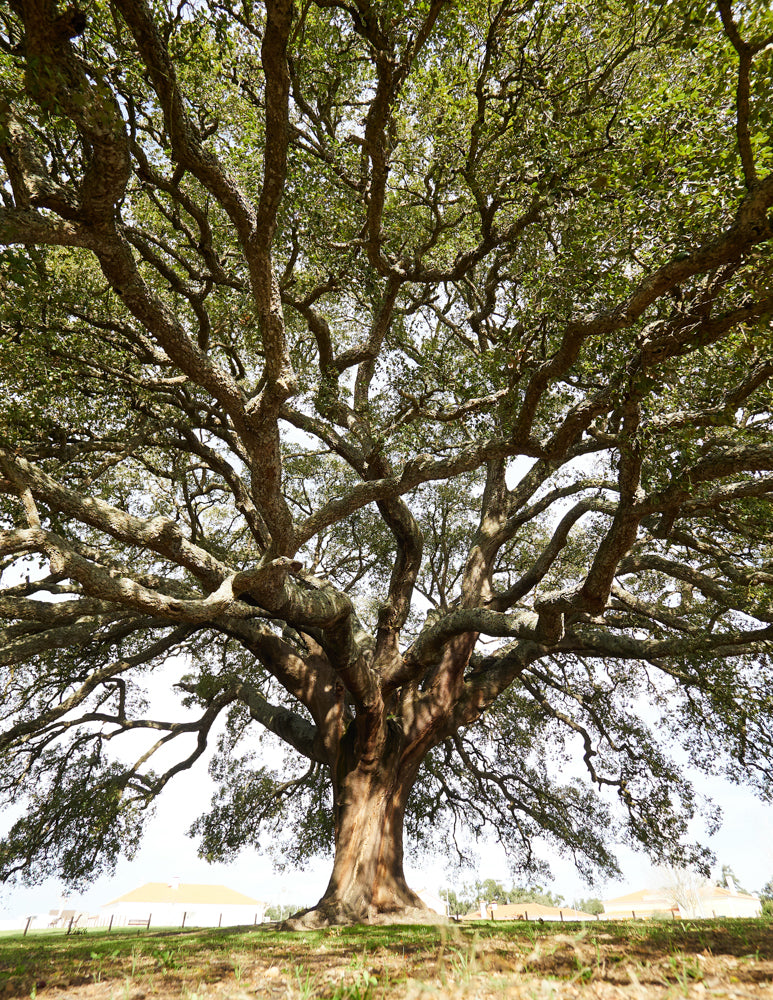This is what cork is made of
Cork - the bark of the cork oak
 Cork oak "Whistle Tree", planted in 1783 in Aguas de Moura, Marateca, Portugal
Cork oak "Whistle Tree", planted in 1783 in Aguas de Moura, Marateca, Portugal
Cork is a natural, renewable material obtained from the bark of the cork oak (Quercus suber), a tree native primarily to the western Mediterranean. Cork producers, especially in countries like Portugal, Spain, and Morocco, place great emphasis on the sustainability and environmental friendliness of the material, which has a wide range of applications in industries from fashion to the wine industry to the construction industry.
Cork extraction is a fascinating process with a centuries-old tradition. To avoid damaging the trees during the bark harvest and to ensure the quality of the cork, the specialists require years of experience and specialized knowledge.
Sustainable & without damage: Harvesting cork bark
 Simaru cork purse in front of peeled cork oak in Portugal
Simaru cork purse in front of peeled cork oak in Portugal
Cork oaks, which are cultivated in sometimes vast cork oak forests, can live for over 200 years. Typically, the trees are ready for harvesting at the age of 25, and the trunks should then have a diameter of approximately 70 centimeters. The first harvest from a cork oak is called "virgin cork," which, due to its coarse structure, is usually used for industrial purposes.
Harvesting can take place every 10 years
After the first harvest, the tree undergoes a regular bark stripping cycle, with the bark being gently removed by hand every 9 to 10 years, depending on the cork oak's age. This cycle can continue throughout the tree's lifespan, with each tree being stripped up to 16 times.
Harvesting in summer - a hot & hard job
Harvesting takes place in summer, when the bark is particularly dry due to the prevailing heat in the Mediterranean region, making it easier to peel from the tree without damaging it. Trained workers use special axes and peeling tools to remove the bark in large slabs. The trick is to avoid damaging the living part of the tree, the cambium, so the bark can regrow.
Given temperatures sometimes exceeding 40 degrees Celsius and the constant danger of forest fires caused by the extreme heat, the summer cork harvest is a real backbreaking job that requires enormous physical effort from the workers.
Drying and processing - this happens after the harvest
After harvesting, the cork is dried and sorted. The quality of the cork is assessed based on its density, porosity, and other physical properties. It can then be further processed depending on its intended use. Corks for wine bottles, for example, are punched from whole pieces of cork. For further processing into flooring, insulation material, or fashion items, the cork is first pressed, disinfected, and then dried again.
Cork oak forests - a unique habitat
In Portugal alone, cork oak forests cover an area of well over 700,000 hectares – equivalent to almost 100,000 football fields, or almost three times the size of Saarland. Cork-growing regions such as the Portuguese Alentejo, from which we also source our cork, form unique ecosystems and are habitats for many animal species, including the endangered Iberian lynx. The preservation and protection of these cork oak forests is therefore of enormous importance not only from an economic but also from an ecological perspective.
Cork - a true natural wonder
As a natural, renewable, and biodegradable raw material, cork offers many advantages. Cork is extremely lightweight, elastic, water-repellent, and an excellent insulator. Cork is heat-resistant and tear-resistant, making it versatile.
Especially in times of increasing environmental awareness, cork is an excellent vegan alternative to leather in the fashion industry. Thanks to the ongoing development and technological advances in processing, not all of cork's potential applications have yet been fully explored. Cork, a material without limits, with an infinite supply!


